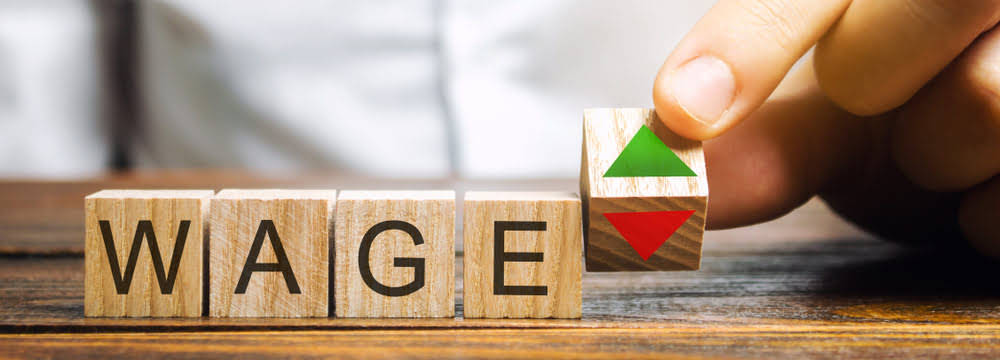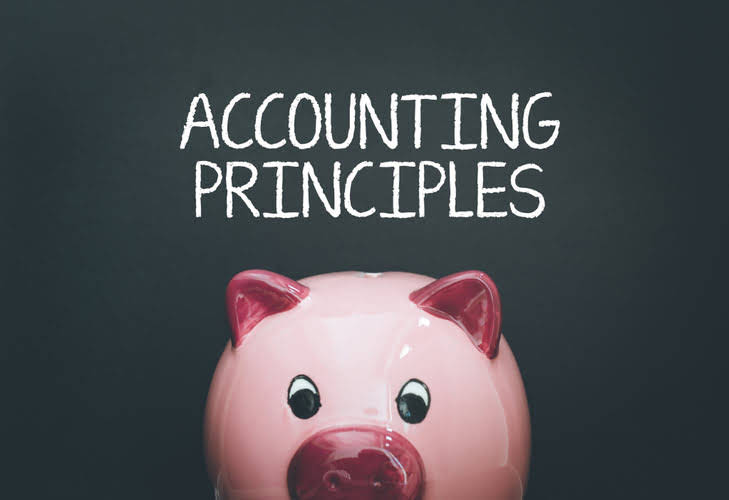
The matching principle is an accrual accounting concept that requires a company to recognize expense in the same period as the related revenues are earned. If a company expects that an asset will contribute to revenue for a long period of time, it will have a long, useful life. One of the first things you should do after purchasing a depreciable asset is to create a depreciation schedule. Through that process, you’re forced to determine the asset’s useful life, salvage value, and depreciation method. Map out the asset’s monthly or annual depreciation by creating a depreciation schedule. However, MACRS does not apply to intangible assets, or things of value that you can’t see or touch.
How do you determine the salvage value of a car?
The salvage value is the amount of money the insurer would recoup when selling the vehicle through a licensed salvage vendor. So, instead of selling it to a salvage vendor, they allow you to repurchase your car, get the needed repairs and drive it again. When you deduct between 20% to 40% of that amount, the vehicle’s estimated value ranges from $6,000 to $8,000. Kelley Blue Book (KBB) notes that a salvaged, reconstructed or otherwise clouded title permanently negatively affects a vehicle’s value. Their industry rule of thumb is to deduct 20% to 40% of the Blue Book value. However, you’ll need how to get salvage value to have a salvage title vehicle privately appraised on a case-by-case basis to determine its market value.
How Can Deskera Help You With Salvage Value?

The salvage value of a business asset is the amount of money that the asset can be sold or scrapped for at the end of its useful life. Anything your business uses to operate or generate income is considered an asset, with a few exceptions. The company pays $250,000 for eight commuter vans it will use to deliver goods across town. If the company estimates that the entire fleet would be worthless at the end of its useful life, the salvage value would be $0, and the https://www.facebook.com/BooksTimeInc/ company would depreciate the full $250,000.

What Is Straight Line Basis?
- However, you’ll need to have a salvage title vehicle privately appraised on a case-by-case basis to determine its market value.
- The Salvage Value is the residual value of a fixed asset at the end of its useful life assumption, after accounting for total depreciation.
- If you wish to buy back a car from an insurance company that deemed your vehicle a total loss, you should discuss the value of the car and the cost of buying it back.
- The individual components, known as scrap, are worth something if they can be put to other uses.
- One of the most obvious pitfalls of using this method is that the useful life calculation is often based on guesswork.
- In other contexts, residual value is the value of the asset at the end of its life less costs to dispose of the asset.
- Or, if they want to show more expenses early on, they might use a method that makes the item lose more value at the beginning (accelerated depreciation).
As is clear from the definition, the value of equipment or machinery after its useful life is termed the salvage value. Simply put, when we deduct the depreciation of the machinery from its original cost, we get the salvage value. Depreciation is an essential measurement because it is frequently tax-deductible. Salvage value is a critical concept in accounting and financial planning, representing the estimated residual value of an asset at the end of its useful life.
A Step-by-Step Guide to Calculating an Asset’s Salvage Value
If a company is still determining how long something will be useful, they might guess a shorter time and say it’s worth more at the end (higher salvage value) to keep it on their books longer. Or, if they want to show more expenses early on, they might use a method that makes the item lose more value at the beginning (accelerated depreciation). Some companies say an item is worth nothing (salvage value of $0) because they think it has paid for itself by making money over time. Accountants use several methods to depreciate assets, including the straight-line basis, declining balance method, and units of production method.
- The assets continue to have value, but they are sold at a loss because they must be sold quickly.
- Let’s say the company assumes each vehicle will have a salvage value of $5,000.
- Most businesses opt for the straight-line method, which recognizes a uniform depreciation expense over the asset’s useful life.
- Yes, salvage value can be considered the selling price that a company can expect to receive for an asset at the end of its life.
2 Determining the useful life and salvage value of an asset
An asset’s depreciable amount is its total accumulated depreciation after all depreciation expense has been recorded, which is also the result of historical cost minus salvage value. The carrying value of an asset as it is being depreciated is its historical cost minus accumulated depreciation to date. To calculate the straight line basis, take the purchase price of an asset and then subtract the salvage value, its estimated value when it is no longer expected to be needed. Then divide the resulting figure by the total number of years the asset is expected to be useful. Companies determine the estimated after tax salvage value for anything valuable they plan to write off as losing value (depreciation) over time.
How is Salvage Value used in Depreciation Calculations?

From this, we know that a salvage value is used for determining the value of a good, machinery, or even a company. It is beneficial to the investors who can then use it to assess the right price of a good. Similarly, organizations use it to examine and deduct their yearly tax payments. In such cases, the insurance company decides if they should write off a damaged car considering it a complete loss, or furnishing an amount required for repairing the damaged parts.

In the example, the machine costs $5,000, has a salvage value of $1,000, and a 5-year life. With a 20% depreciation rate, the first-year expense is $800, and the second year is $640, and so on. If the asset is sold for less than its book value then the https://www.bookstime.com/ difference in cost will be recorded as the loss of the tax values. In this situation, the salvage values calculated are less than the book value.
How Does the Salvage Value Calculator Beneficial?
Sometimes, it’s about predicting the value of the thing when a lease or loan ends. Other times, it’s about figuring out how much it’s worth when it’s done for good, minus the cost of getting rid of it. Salvage value might only focus on its worth when it’s done, without considering selling costs. The double-declining balance method doubles the straight-line rate for faster depreciation. With a 20% straight-line rate for the machine, the DDB method would use 40% for yearly depreciation.